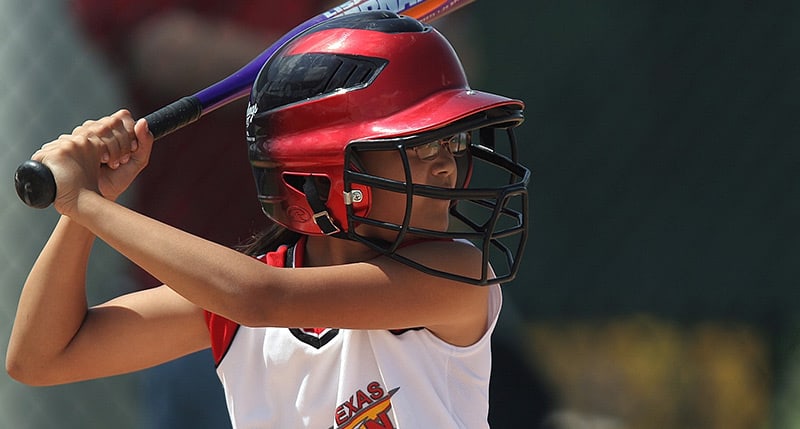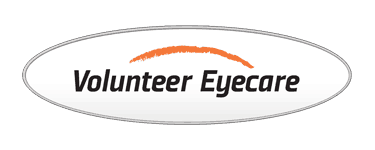
19 Oct Protect Your Student Athlete
Protect Your Student Athlete from Eye Injuries
If you have children who play sports, it’s critical to protect their eyes from injury while on the court, field, mat or pitch.
According to the National Eye Institute, there are approximately 100,000 sports-related eye injuries in the U.S. each year, with 33,000 of those involving children. Kids ages 11 to 14 are most likely to injure their eyes while playing sports, and such eye injuries are a leading cause of blindness in children.
It’s easy to imagine how the eyes could be injured: ball speeds in tennis, softball, baseball and racquetball can reach 90 mph or more. If that fast-moving ball hits the delicate eye area, players can suffer injuries including retinal detachment, bone fractures or even blindness.
Sports such as basketball, football and wrestling have a different component that can also be dangerous to the eyes. When competitors are in close proximity and moving quickly, there is an increased rate of finger or elbow jabs to the eye area, which can result in injuries ranging from mild to severe.
Keeping an eye on sports safety
So, how can you protect your child’s precious sense of vision? Most parents are prepared for scrapes, bruises, and sprains on the field. But with over 42,0000 people visiting emergency rooms for sports-related eye injuries every year, proper eye protection is clearly a requirement.
To keep your athletes’ eyes safe, consider the eye injury risks before enrolling your child in a new sports program. Stick with well-supervised activities, and ask your child’s coach whether there will be someone present during practices and games who is trained to recognize and immediately address eye injuries, should they occur.
Before enrolling your child in a sports program, you’ll also want to talk with your optometrist about sport-specific protective eyewear. Regular eyeglasses and contact lenses do not offer sufficient protection during sports, but with the right gear, most sports-related eye injuries can be prevented. Your eye doctor will be able to help you make the safest choice for your child’s preferred sport.
Solutions to students’ sports safety
It’s important to note that even if your child doesn’t require prescription lenses, non-prescription sports glasses or goggles are a necessary precaution against eye injuries.
Lenses made from polycarbonate material are an ideal choice because they are up to 10 times more impact resistant than glass or plastic, and can offer protection from 90% of potential eye injuries.
Protective eyewear should feature a padded bridge against the nose, include deep grooves so that lenses fit tightly within the frame or goggle and won’t fall out, fit snuggly and offer either prescription or non-prescription lenses. Sometimes glasses paired with a sports strap are best, while for sports where athletes need to maximize peripheral vision, goggles might be the go-to.
Depending on whether the sport is played indoors or outdoors, another option for sports glasses and goggles is UV protection or tinted lenses, which may help athletes playing baseball, lacrosse, soccer or golf. Your optometrist or optician will analyze your specific sports needs to help you choose the best option for your student athlete. The goal is to maximize the visual field and keep their eyes safe while they’re focused on playing their best.
Whether you choose a new pair of sports glasses or goggles, prescription or non-prescription, tinted or clear, appropriate sports eyewear is the best defense against eye injuries. With healthy, protected eyes, your student athletes will be able to keep their eye on the ball for their best season yet!



Sorry, the comment form is closed at this time.